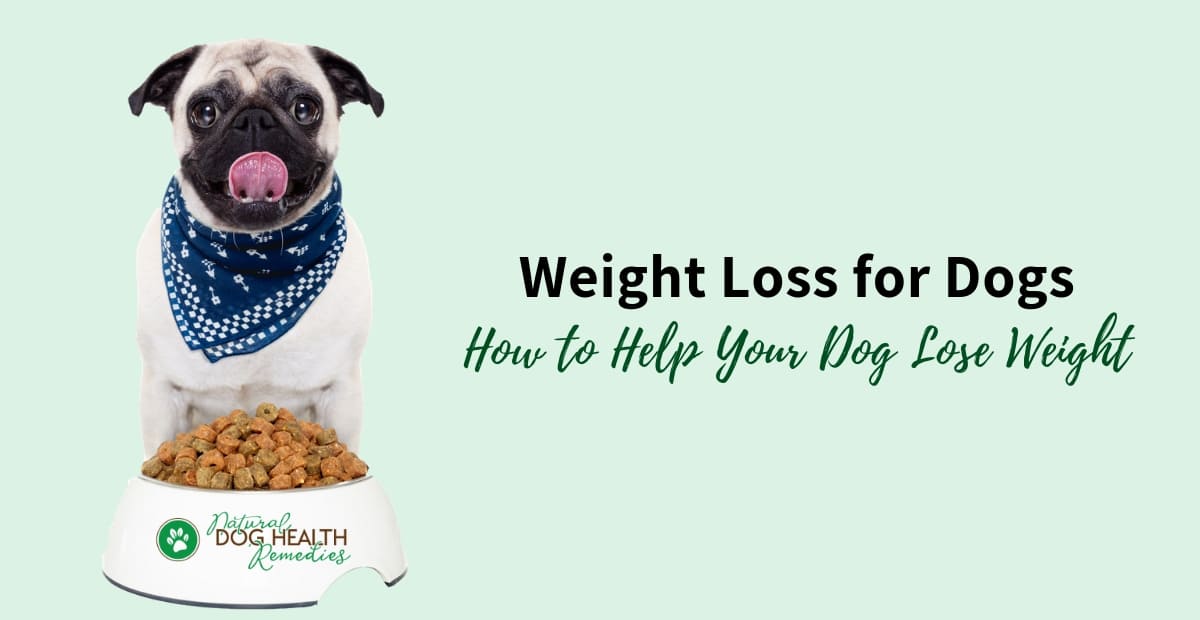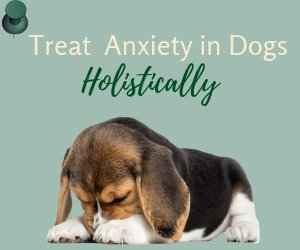Weight Loss for Dogs
(FTC Disclosure: If you make a purchase via a link on this page, I may receive a small commission, at no added cost to you.)

Overview
About 50 percent of dogs in North America are overweight. The alarming thing is, many dog parents are even unaware of the fact that their dogs are obese!
As there are numerous health risks to obese dogs, it is essential that dog parents carefully monitor the weight of their dogs and, if necessary, control their dog's weight by proper diet and exercise.
This page looks at how to formulate a program for weight loss for dogs.
Before doing anything, it is advisable to consult with a vet to rule out any health conditions that are causing your dog's extra weight gain. If it has been confirmed that your dog is in good health, then it is time to help your dog drop some pounds.
As with humans, crash diets are not healthy. Aim for a gradual weight loss of 0.5% to 2% of body weight per week. If you can, weigh your dog weekly to monitor her weight loss.
Food, Snacks and Feeding Schedule
Low Fat Dog Food
If your vet recommends one of those veterinary "prescription low-fat weight-loss" diets, take a careful look at the food label first before saying "Yes".
Very often, such commercial weight-loss diets are high in carbohydrates and fiber - they act as "fillers" to make the dogs feel full. On the other hand, these diets are usually low in high-quality protein.
If your dog is on one of such diets, she will constantly feel hunger and tired at a "cellular" level because there simply are not enough nutrients in the food. Dogs are carnivores and they get their "fuel" best from meat proteins. They have little use for carbs and fiber.
Instead of a "prescription low-fat weight-loss" diet, your dog will be much better off if fed a nutritious, low-fat, high-quality, high-protein diet, preferably home made, that provides about two-thirds of the calories needed to maintain your dog's ideal weight.
Many obese dogs slim down nicely when transitioned to a raw food diet.
However, not all dog parents are prepared to feed their dogs raw food. If that is the case for you, you can still feed your dog dry kibble but switch to a high quality grain-free diet and feed the appropriate quantity.
For grain-free diets, you need to feed less (usually the daily amount fed has to be cut back by 20 to 40%.)
High-quality Low Fat Dog Diets
Feeding Schedule
Feeding your dog a proper diet is important. It is equally important to feed your dog on a proper schedule. Avoid "free feeding" (leaving food available all the time) because free feeding contributes to obesity and also a number of other health problems.
If your dog is used to having food available at all times, start cutting back to three or four small meals a day, and then down to two. Two meals a day is fine for adult dogs.
Snacks and Treats
Table scraps are often high in fats and sugars (and thus in calories). Avoid feeding an obese dog any table scraps altogether.
If you want to give your dog some treats, try feeding her healthy ones, especially antiangiogenic foods.
What are antiangiogenic foods?
Antiagiogenic foods are those that interfere with or destroy the blood vessels needed for the growth and spreading of tumors. Antiangiogenic foods can also shrink fat cells by cutting off their blood supply. Some example of such foods include:
- Apples
- Berries (blueberries, blackberries, raspberries)
- Cherries
- Kale
- Pumpkin
Other healthy snacks include freeze-dried meat snacks such as
Only Natural Pet All Meat Bites Freeze Dried Dog Treats.
If you feed your dog some snacks, don't forget to reduce the amount of her regular food accordingly. For example, try giving your dog about 25% less of her regular food and substituting it with chopped cooked or uncooked veggies.
You can easily do away with treats completely by using substitutes, e.g. exercise and games.
Get her a new toy (or rotate old toys) and play games with her. Many dogs also enjoy being brushed and groomed, so give your dog a good brushing several times a week instead of food treats.
Nutritional Supplements
If your dog is getting less of her regular food, she is receiving fewer nutrients. Therefore, it is important to supplement her diet with vitamins and minerals to make sure that your dog stays healthy.
In addition, adding digestive enzymes to each meal can help break down the food and make the nutrients more available for absorption.
As mentioned in this article, chronic inflammation can be a cause of obesity in dogs.
Therefore, you may want to give some anti-inflammatory supplements to your dog if s/he is overweight, such as Omega-3 fatty acids, curcumin (turmeric), and coconut oil.
A Good Supplement for Weight Loss for Dogs
It contains all the essential vitamins as well as digestive enzymes that your dog needs.
Weight Loss for Dogs - Other Dietary Aids
There are some dietary aids that may be helpful for dogs trying to lose weight.
Carnitine
Carnitine is a nutrient that helps the body turn fat into energy, and is being included in some weight loss programs for dogs.
Glandular Supplements
Some dogs become obese after being neutered or spayed due to hormonal imbalances.
Hormones play an important role in a dog's health - they affect metabolism, prevent allergies, and promote healthy skin and coat. Glandular supplements can correct hormonal imbalances and can help obese dogs with metabolism.
Consult a veterinarian and request a blood test to be done to test your dog's hormone levels so that the most appropriate supplements can be determined.
Exercise
Drag your dog (and yourself) from that couch and start exercising regularly. Exercise is more than just burning off calories. It contributes to the quality of your relationship with your dog as well as improving her mental health, cardiovascular and immune system health and increasing her life span.
However, bear in mind that every dog is different so exercise programs should be tailored to the individual dog taking into account her health and physical conditions, especially the muscles and joints, heart, and respiratory system.
Do not overdo it - start out slow and gradually work up to higher activity levels. If your dog starts panting heavily, give her some time to rest.
If you are just starting an exercise regime for your dog, consider daily brisk leash walking (30 to 60 minutes a day). Another beneficial exercise for obese dogs is swimming, since it places less stress on joints.
ReferencesR.H. Pitcairn, The Complete Guide to Natural Health for Dogs and Cats (Rodale, 2005).
L. Olson, Raw and Natural Nutrition for Dogs: The Definitive Guide to Homemade Meals (North Atlantic Books, 2010).
W.J. Dodds, D.R. Laverdue, Canine Nutrigenomics - The New Science of Feeding Your Dog for Optimum Health (Dogwise Publishing, 2015).





